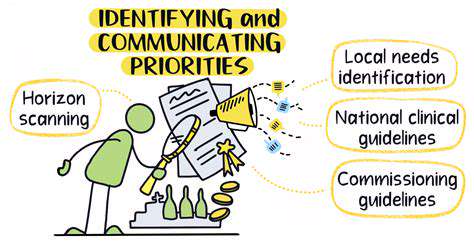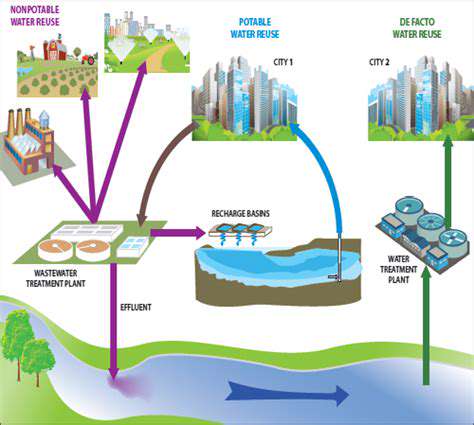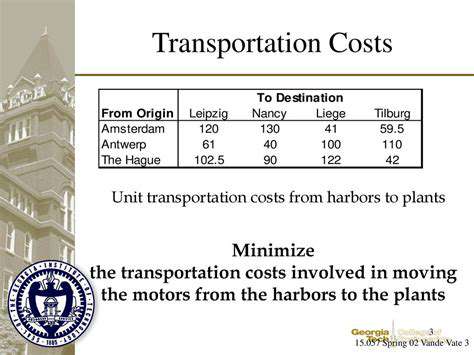Addressing Overtourism: Solutions for Popular Destinations
Defining Overtourism and its Consequences
Defining Overtourism
When too many travelers descend upon a single location, the delicate balance between visitor enjoyment and local sustainability can quickly unravel. This imbalance, known as overtourism, occurs when destinations become swamped with more guests than their infrastructure and resources can comfortably handle. The problem isn't just about numbers—it's about preserving what makes a place special while sharing it with the world. Popular spots often struggle to maintain their authentic character when faced with constant waves of visitors.
Consequences for the Environment
The natural world bears the brunt of unchecked tourism in countless ways. Popular destinations frequently experience degraded air quality, contaminated water sources, and disrupted wildlife patterns due to excessive human activity. Fragile ecosystems, from coastal reefs to mountain trails, show visible wear when too many feet pass through. Some damage, like bleached coral or eroded soil, can take generations to heal—if it recovers at all. The strain on local resources, particularly in areas already facing water scarcity, creates additional environmental stress that often goes unnoticed by short-term visitors.
Consequences for Local Communities
For residents of tourist hotspots, daily life often becomes increasingly challenging as visitor numbers grow. Housing prices skyrocket as properties convert to short-term rentals, pushing out long-term residents. The rhythm of community life changes as local shops make way for souvenir stands and chain restaurants catering to tourist tastes. Longstanding cultural traditions sometimes fade into performances for visitors rather than authentic celebrations preserved for future generations. Many residents report feeling like strangers in their own hometowns during peak seasons.
Economic Impacts of Overtourism
While tourism dollars initially boost local economies, the long-term picture reveals troubling patterns. As basic living costs rise with tourism demand, many service workers find themselves priced out of their own communities. The push for quantity over quality can degrade the visitor experience, potentially reducing return visits and positive word-of-mouth promotion. Areas that become too dependent on mass tourism often struggle when trends change or global events disrupt travel patterns.
Solutions and Management Strategies
Tackling overtourism demands creative solutions that benefit both visitors and residents. Some destinations have found success with reservation systems that spread visitor traffic more evenly throughout the year. Others invest in promoting lesser-known attractions to reduce pressure on popular sites. Educating travelers about their impact and encouraging off-season visits can make a significant difference. Local governments increasingly collaborate with residents to develop tourism plans that protect community interests while welcoming visitors.
Implementing Sustainable Tourism Practices
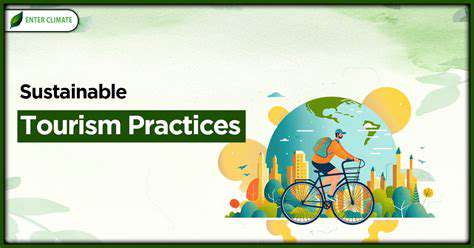
Enhancing Environmental Consciousness
Truly sustainable travel begins with shifting perspectives. When visitors understand their temporary role in delicate ecosystems, they're more likely to tread lightly. Simple actions—like staying on marked trails or refusing plastic straws—accumulate to create meaningful change. Many tour operators now incorporate environmental education into their experiences, helping travelers see beyond the Instagram moments to the living systems they're visiting.
Minimizing Environmental Impact
Forward-thinking destinations are redesigning tourism infrastructure with nature in mind. Solar-powered resorts, water recycling systems, and wildlife corridors represent just a few innovative approaches. The most successful projects seamlessly blend human needs with environmental protection, creating spaces where tourism and nature thrive together. Thoughtful planning can prevent the habitat fragmentation that often accompanies development.
Promoting Local Communities
Authentic travel experiences emerge when visitors engage meaningfully with local communities. Choosing family-run guesthouses over international chains keeps tourism dollars circulating within the local economy. Markets featuring regional artisans and farmers' stalls offer visitors genuine cultural exchange while supporting traditional livelihoods. Some destinations now require tour companies to employ local guides, ensuring community members benefit directly from tourism.
Preserving Cultural Heritage
Cultural sites require careful stewardship to remain vibrant for future generations. Responsible tourism approaches emphasize respectful observation rather than disruptive participation in living traditions. Some communities have established visitor limits at sacred sites or implemented photography restrictions during ceremonies. When travelers approach cultural experiences with humility and curiosity, everyone benefits.
Responsible Resource Management
Water scarcity poses one of tourism's greatest sustainability challenges, particularly in arid regions. Innovative hotels now incorporate low-flow fixtures and greywater systems, while some restaurants source ingredients from drought-resistant crops. Destinations facing water stress increasingly educate visitors about conservation through subtle measures like towel reuse programs. These small adjustments collectively make a substantial difference.
Fair Labor Practices
The tourism sector employs millions worldwide, yet many workers face precarious conditions. Ethical certification programs help travelers identify establishments that provide living wages and safe working environments. Some destinations now require fair labor practices as part of their tourism licensing requirements. When staff feel valued and secure, they create better experiences for visitors while building stable careers.
Economic Viability and Growth
Sustainable tourism models focus on quality rather than quantity. By developing unique, place-specific experiences, destinations can attract visitors year-round rather than relying on seasonal peaks. Investments in training local entrepreneurs and preserving cultural assets create tourism economies that endure beyond passing trends. The most successful destinations balance immediate economic needs with long-term cultural and environmental preservation.
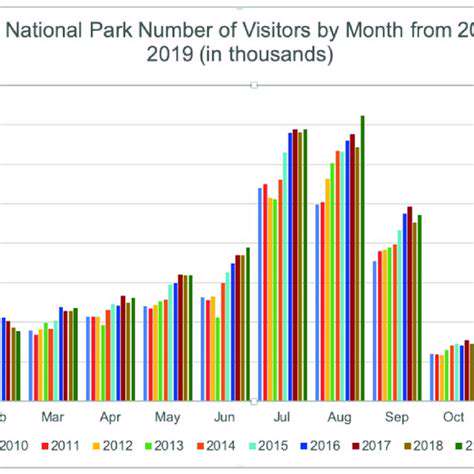
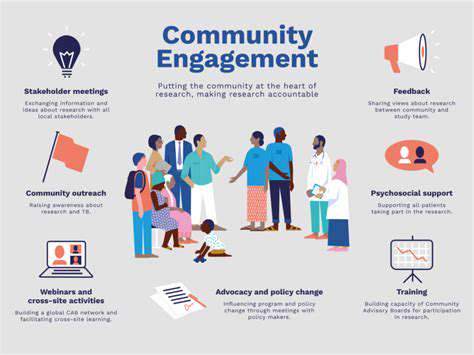
Read more about Addressing Overtourism: Solutions for Popular Destinations
Hot Recommendations
- Senior Travel Discounts and Deals
- Personalized Travel for Different Seasons and Climates
- Honeymoon Destinations: Romantic Getaways for Newlyweds
- Mythical Places: Journeys to Legendary Locales
- The Future of Travel Agents in an Automated World
- Sustainable Design for Tourist Infrastructure
- Combatting Illegal Wildlife Trade Through Travel Awareness
- The Best Beaches for Relaxation and Sunbathing
- Marine Conservation: Diving into Responsible Ocean Travel
- Measuring the Social Impact of Tourism

